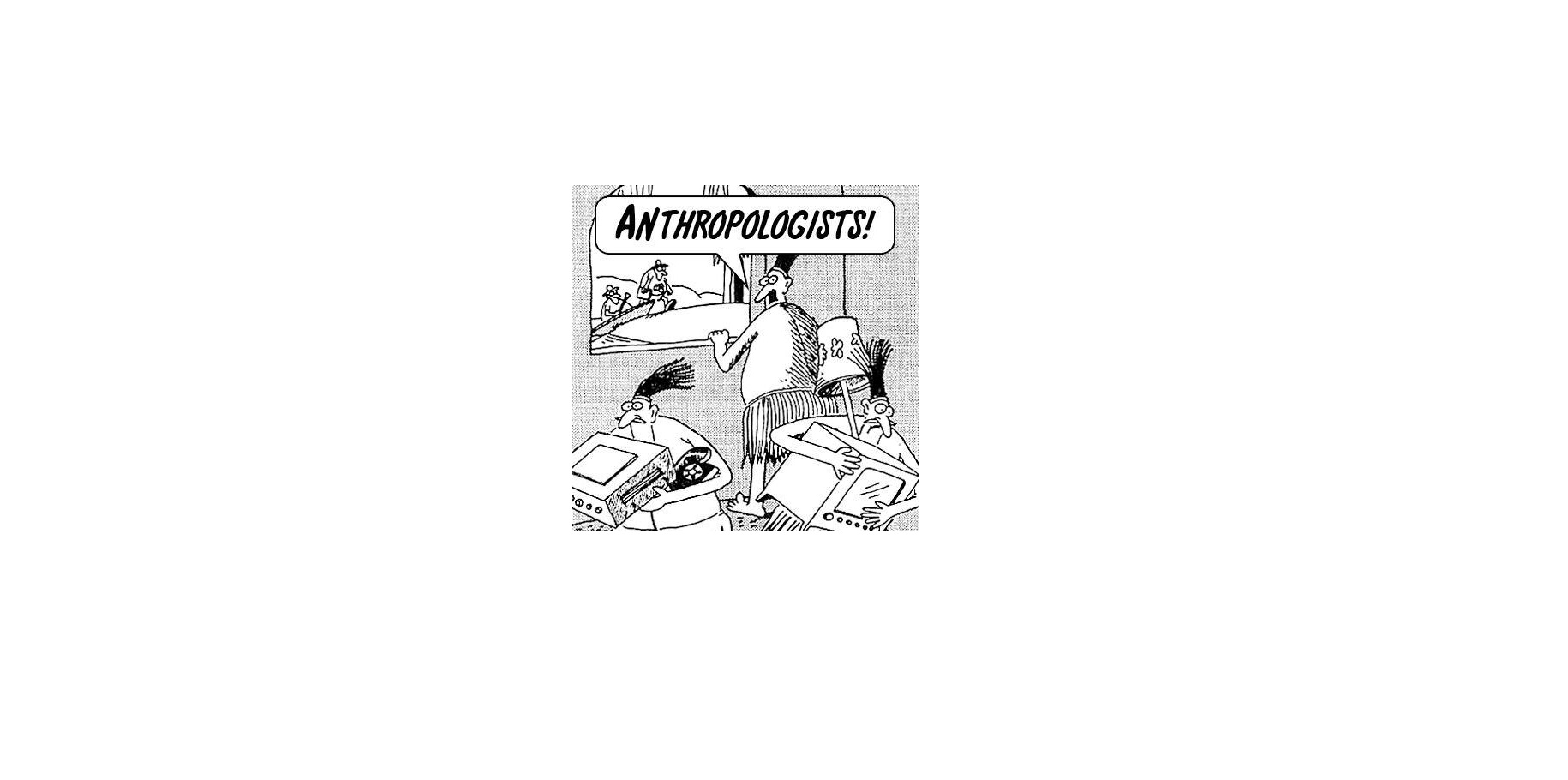- Učitel: Anna-Marie Marko
Innovations in Palaeolithic and Mesolithic presents principal innovations in the Palaeolithic and Mesolithic that transformed lives of humans and hominids. Each of 13 classes aims to introduce one of these innovations. Theoretical overview is based on archaeological evidence particularly from Africa, Levant, and Europe, and it is supplemented by ethnographic analogies in case where archaeological evidence is missing. During the seminar, students present the assigned journal article and discuss it subsequently. Students obtain basic knowledge on major innovations in the hunter-gatherer societies in the Palaeolithic and Mesolithic. They learn about hunter-gatherer ways of processing of stone, bone, and wood, about the ways of living, tool manufacture, hunting, eating, clothing, and burying the deceased. Students are able to distinguish major type tools used in the Palaeolithic and Mesolithic and they are able to look up appropriate scientific literature. Students are capable of critically reading scientific article, presenting its principal themes and discussing it in English. Osnova předmětu: 1. Terminology and history of archaeological research 2. Stone tools 3. Use of fire 4. Burial practises 5. Bone technology 6. Wooden technology 7. Art and decorations 8. Dwellings, sedentism, and early architecture 9. Clothing 10. Ground stone tools 11. Fishing technologies 12. Domestication of plants and animals 13. Pottery Arranz Otaegui , A., Carretero , L.G., Ramsey , M.N., Fuller , D.Q., Richter, T., 2018. Archaeobotanical evidence reveals the origins of bread 14,400 years ago in northeastern Jordan. Proc. Natl. Acad. Sci. PNAS. Bar Yosef, O. 1998. The Natufian culture in the Levant, threshold to the origins of agriculture. Evolutionary Anthropology 6:159 77. Belfer-Cohen, A., Goring-Morris, N. 2002. Why Microliths? Microlithization in the Levant. Archeological Papers of the American Anthropological Association 12(1):57 ? 68 DOI: 10.1525/ap3a.2002.12.1.57 Goren-Inbar, N., Alperson, N., Kislev, M. E., Simchoni, O., Melamed, Y., Ben-Nun, A., Werker, E. 2004. Evidence of Hominin Control of Fire at Gesher Benot Ya?aqov, Israel. Science 304, 752. Grosman, L., Munro, N. D. Belfer Cohen, A. 2008. A 12,000 year old shaman burial from the southern Levant (Israel). Proceedings of the National Academy of Sciences PNAS) 105 (44). Haklay, G., Gopher A. 2015. A New Look at Shelter 131/51 in the Natufian Site of Eynan (Ain Mallaha), Israel. PLOS ONE 10(7): e0130121. Mithen, S. 2004. After the Ice: A Global Human History, 20,000-5000 BC. Harvard University Press, Cambridge, Massachusetts. Nadel D. 2003. A long continuity: the Ohalo II brush huts (19.5 ky) and the dwelling structures in the Natufian and PPNA sites in the Jordan Valley. Archaeology, Anthropology and Ethnology in Euroasia 13(1):34 48. Pedergnana, A., Cristiani, E., Munro, N., Valletta, F., Sharon, G. 2021. Early line and hook fishing at the Epipalaeolithic site of Jordan River Dureijat (Northern Israel). PLoS ONE 16(10): e0257710. Piperno, D. R., Weiss, E., Holst, I., and Nadel, D. 2004. Processing of wild cereals grains in the Upper Palaeolithic revealed by starch grain analysis. Nature 430: 670 673. Wright, K. 1991. The origins and development of groundstone tool assemblages in Late Pleistocene Southwest Asia. Pal é orient 17(1): 19-45. Ibá?ez, J.J., Anderson, P.C., González Urquijo, J., Gibaja, J., 2016. Cereal cultivation and domestication as shown by microtexture analysis of sickle gloss through confocal microscopy. J. Archaeol. Sci. 73, 62-81. Liua, L., Wanga, J., Rosenberg, D., Zhaoc, H., Lengyeld, G., Nadel, D. 2018. Fermented beverage and food storage in 13,000 y old stone mortars at Raqefet Cave Israel: Investigating Natufian ritual feasting . Journal of Archaeological Science: Reports Volume 21, p. 783-793. Zeder, M. A., Hesse, B. 2000. The Initial Domestication of Goats (Capra hircus) in the Zagros Mountains 10,000 Years Ago, Science 287, 2254.
- Učitel: Anna-Marie Marko

Předmět v přednáškové části seznamuje studenty s některými z hlavních společenskovědních teorií, které inspirovaly kulturně antropologické analýzy. Během semestrálního kurzu studenti analyzují a rozvíjejí široké spektrum základních teoretických tezí zaměřených na teorie, hypotézy, způsoby vedení výzkumů a kladení teoretických otázek. Seminární část předmětu se soustředí na aplikaci antropologických koncepcí pro interpretaci archeologických pramenů. Cílem kurzu je základní porozumění antropologii a jejího významu pro archeologii; naučit studenty schopnosti vyjadřovat jasně a srozumitelně základní antropologické myšlenky; naučit je schopnosti analyzovat problémy a sledovat správná dovození a vlivy takových problémů; naučit je schopnosti zhodnotit antropologickou teorii a její význam pro archeologickou interpretaci; naučit schopnosti kritického přístupu k zjištěním, teoriím i hypotézám. Osnova předmětu: 1. Antropologie jako věda? Myšlenka kultury, význam antropologie pro archeologii 2. Evolucionizmus 19. stol. - příbuzenské systémy jako příklad 3. Evolucionizmus 19. stol. - náboženství jako příklad 4. Společnost a kulturní vzory 5. Kultura jako funkce. Jak obejít kauzální vysvětlení I 6. Kultura jako struktura. Jak obejít kauzální vysvětlení II 7. Zhuštěný popis 8. Materializmus 9. Postmoderní útok na samotný základ vědy 10. Ontologický obrat 11. Evoluce a antropologie 13. Shrnutí
- Učitel: Kristýna Hájková
- Učitel: Martin Paleček
- Učitel: Richard Thér
